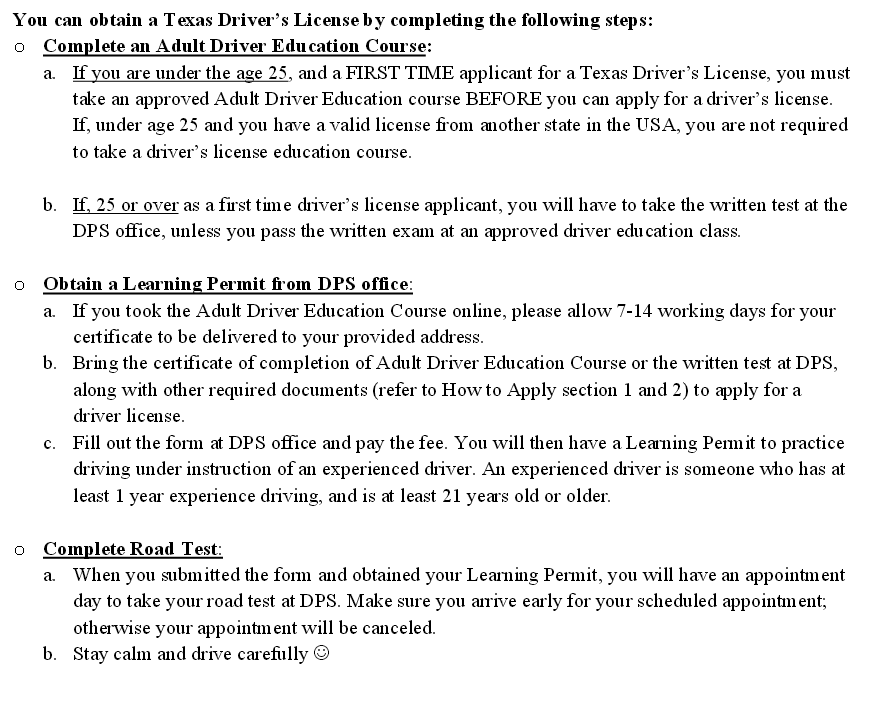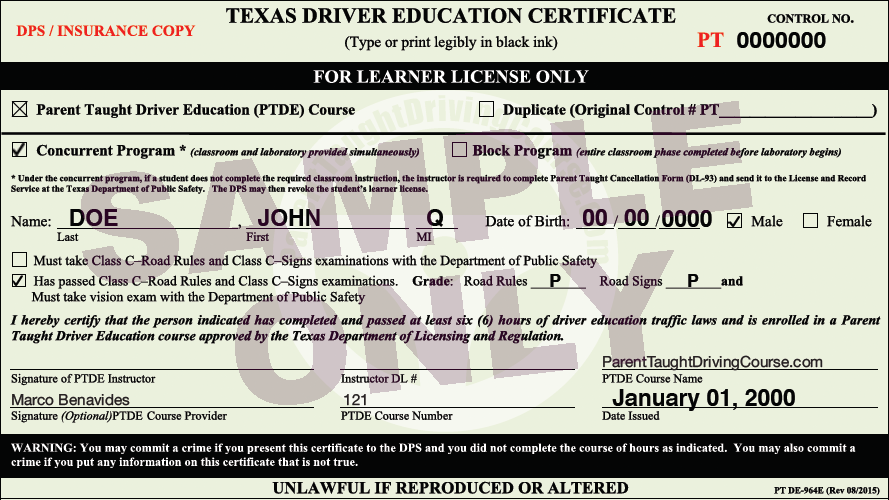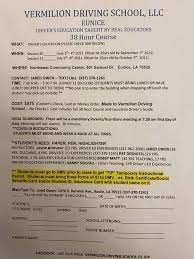Who Must Approve a Drivers Education Course?
A driver’s education course is a vital part of the driver’s license preparation process, but who must approve it? The content of a course must meet strict requirements to be approved. The course content must meet requirements laid out by the Department of Education’s Administrative Guide and Curriculum. The Board of Education also sets standards for what a driver education course must cover. The course content must also be rigorous and accurate.
Class A licensees
In order to get a California driver’s license, you must complete a drivers education course. You must take a classroom or behind-the-wheel course to qualify. The drivers education course should cover the basics of safe driving, such as the rules of the road, vehicle maintenance, and road safety. A driver education course is required for all license types, including class A licenses. The California Department of Motor Vehicles has specific rules governing drivers education courses.
Instructors must have a commercial vehicle instructor’s license. These instructors must be licensed to teach classroom and behind-the-wheel phases of the drivers education course. For a Class A license, the instructor must also be employed. Instructors must have a Class A license to teach behind-the-wheel driver education courses. Class B licensees must have a driver education school license. Instructors must have the right to teach behind-the-wheel driver education. The driver education school must have two instructors: one for classroom teaching and one for the behind-the-wheel phase.
A driver education course must be approved by the Bureau of Motor Vehicles (BMV). To receive a Class A license, the applicant must submit an application for a new drivers education license. The application process takes approximately 60 days. If approved, the applicant will be issued a license. It is illegal to operate a drivers education school without a license. If approved, the license will expire one year from the date of issue.
Commissioner of Motor Vehicles
In order for a driver to get their license, he or she must have completed a drivers education course. This is a state-required course and is available at many colleges and high schools. It consists of 30 hours of classroom instruction and six hours of in-car driving. This course must also meet the State Education Department guidelines and requirements. It must include a minimum of six hours of actual driving, supervised by a qualified teacher.
When a student completes the classroom phase of a drivers education course, the state education department and the commissioner of motor vehicles must approve the course. It is important that students obtain a certificate of completion of this course and carry it during behind-the-wheel instruction. To get a teacher certification, an applicant must also meet certain requirements. For example, the teacher must be certified by the state’s Bureau of Driver Training Programs. If he or she does not meet the standards, SED can deny his or her application.
A drivers education course can be run by a nonprofit organization or contract with a commercial driving school. The program should provide adequate teaching stations and vehicles to ensure adequate driving time. Enrollment in a drivers education course should not exceed 15 students per class, and it should be offered at least once per school day. The course must meet minimum standards for classroom instruction and must include all required restraint devices for the occupants.
Department of Education
The Department of Ed. requires a drivers education course to meet minimum educational requirements to obtain a drivers license in most states. The curriculum includes driving rules and regulations, traffic signs, and law enforcement procedures, as well as the proper way to react during traffic stops. A high school course is required to provide 30 clock hours of classroom instruction, as well as six hours of individual behind-the-wheel instruction in a dual-control car on public roads. A driver education course must be taught by an instructor who has passed the State Board of Education’s guidelines.
A driver education course can be conducted at a school or by a private agency. The school or district can contract with a commercial driving school or employ its own instructors. The program must provide adequate teaching stations and vehicles. The course may be offered during school hours, after school hours, or in the summer months. The fee must be less than the per-pupil cost. The program must also be approved by the Department of Ed.
In order to teach a driver education course, teachers must have a Connecticut teaching certificate and a satisfactory driving record. In Connecticut, an acceptable driving record is four license points for one violation, and six points accumulated in two years. Instructors must maintain an acceptable driving record to teach this course. This requirement applies to both private and public schools. A commercial driving instructor must be a Connecticut resident. In addition to having a Connecticut teaching certificate, instructors must have at least three semester hours of driver education.



